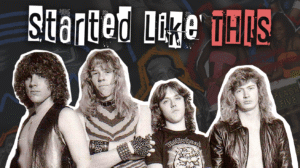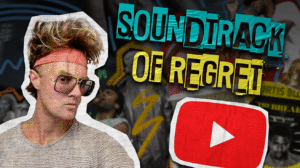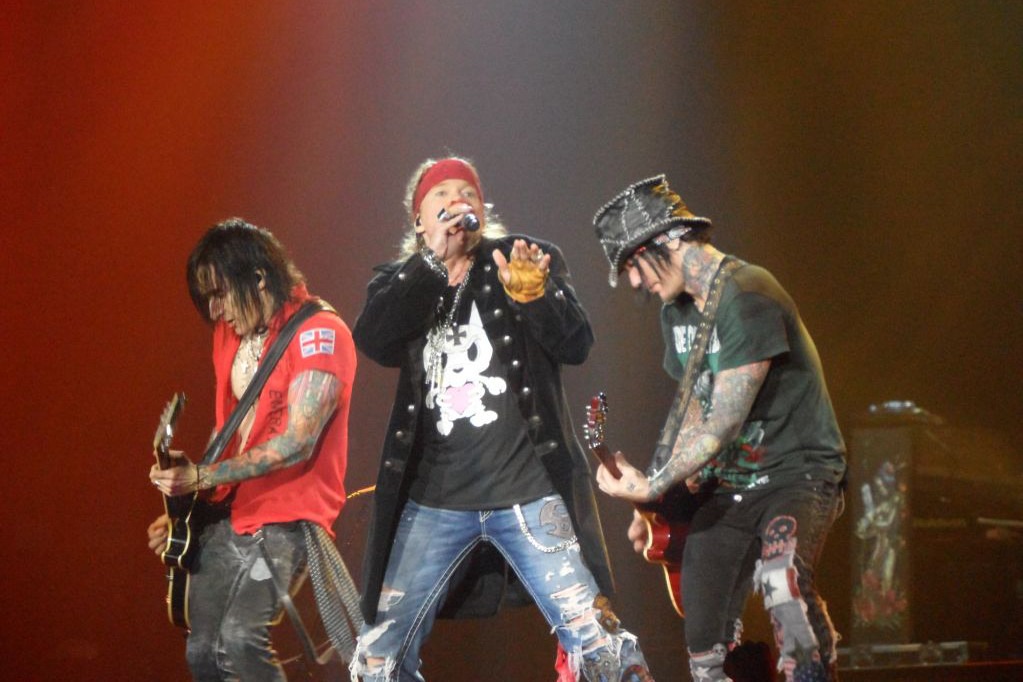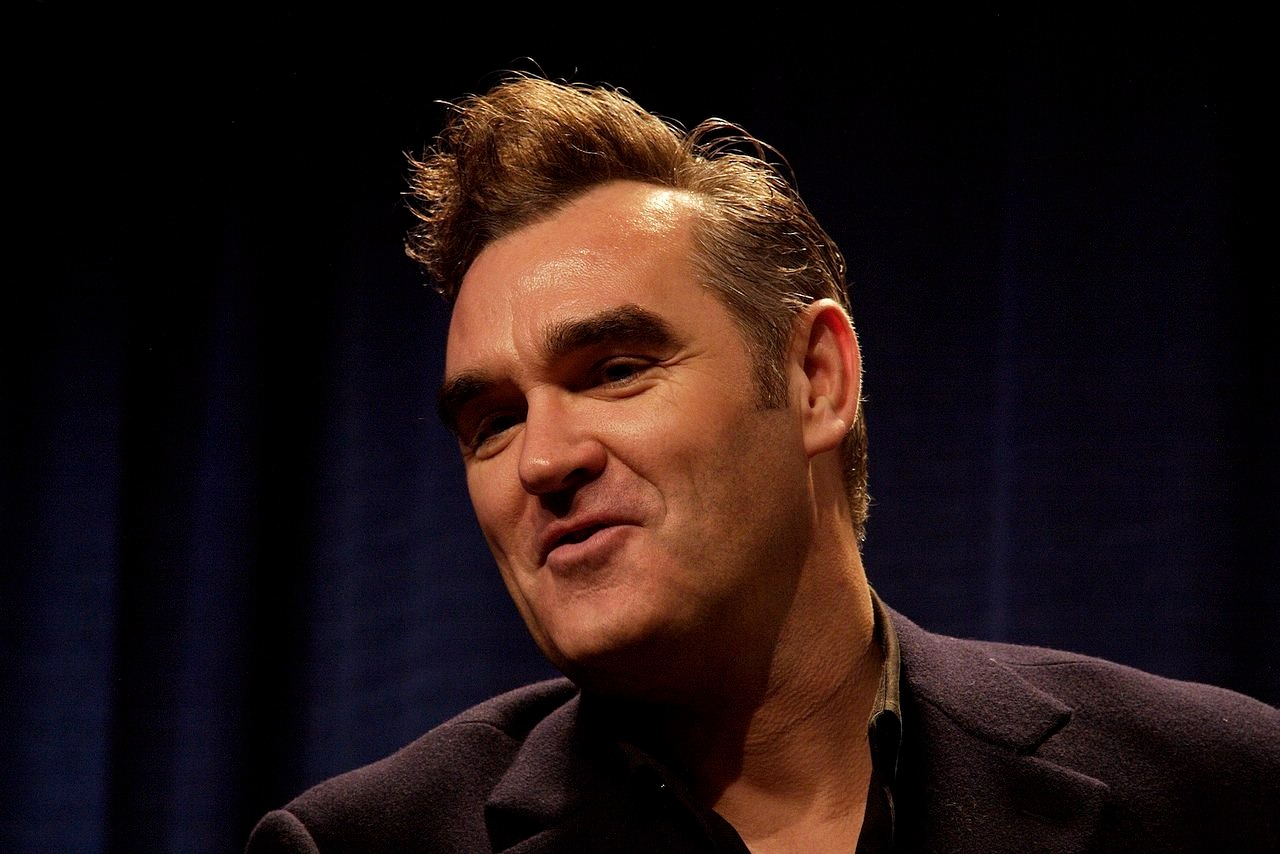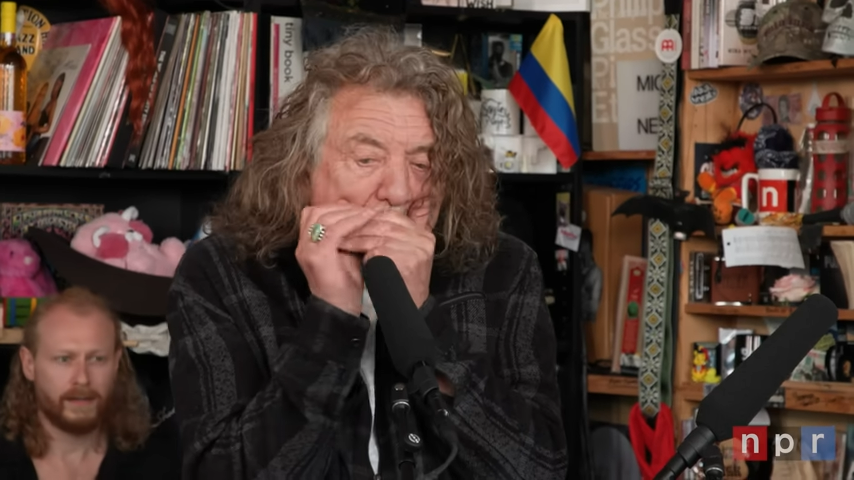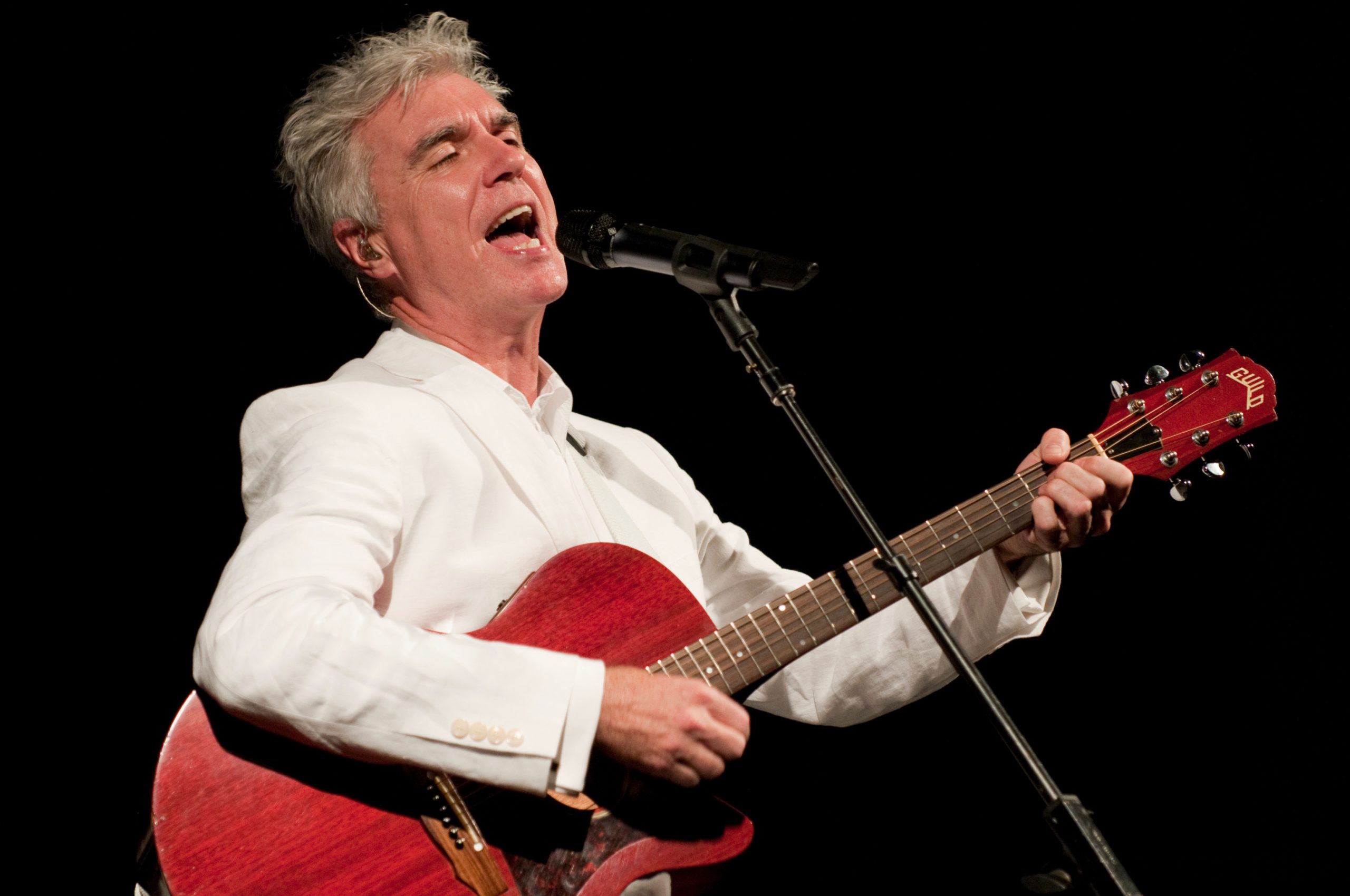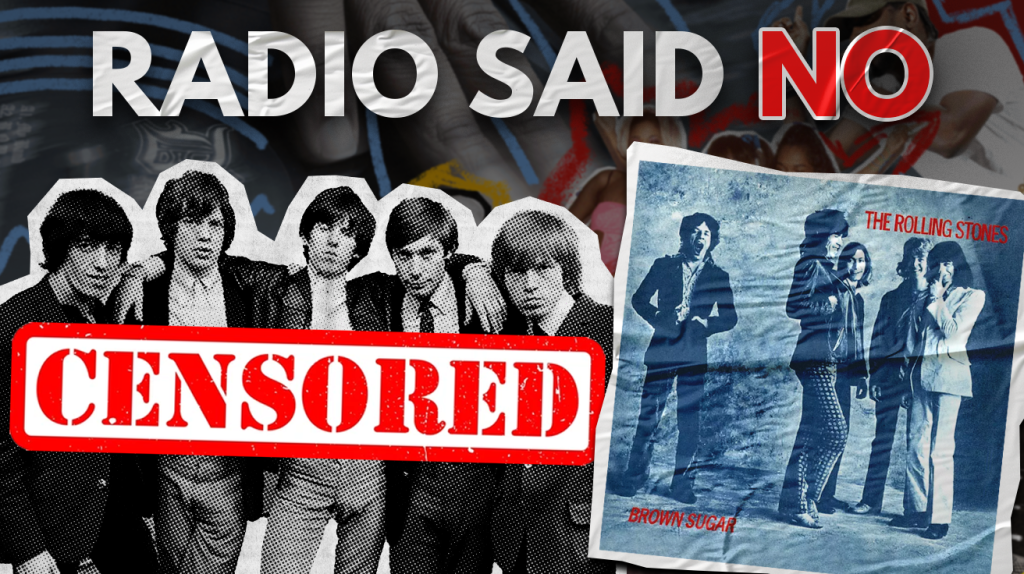
The 1970s delivered some of the most provocative tracks in music history, with artists pushing boundaries on sexuality, politics, and social norms. Radio stations scrambled to ban these songs, often missing their deeper messages while inadvertently boosting their legendary status. These tracks didn’t just ruffle feathers—they rewired cultural conversations and proved that the most dangerous thing about rock wasn’t the volume.
13. David Bowie – “Diamond Dogs” (1974)

Bowie’s dystopian masterpiece came wrapped in controversy from day one.
Inspired by George Orwell’s “1984,” this track painted a bleak future while the album cover sparked its own scandal. The artwork depicted Bowie as a half-human, half-canine creature, complete with visible genitalia that RCA Records hastily airbrushed from most releases. The rare uncensored versions became collector’s gold, proving that censorship often creates more buzz than the original offense. The song’s lyrics about chaos and decay cemented Bowie’s reputation as rock’s most fearless provocateur.
12. Lou Reed – “Walk on the Wild Side” (1972)

Reed smuggled trans stories and street life into mainstream radio with this velvet-smooth anthem.
Celebrating real figures from Andy Warhol’s Factory scene, Reed crafted tales of gender fluidity, drug use, and marginalized urban lives that many radio stations couldn’t handle. The song became an underground anthem for outsiders everywhere, proving that sometimes the most subversive art comes disguised as a catchy melody. Radio programmers who banned it missed the point entirely—this was pioneering storytelling that gave voice to communities rarely heard on mainstream airwaves.
11. Steely Dan – “Do It Again” (1972)

Smooth jazz-rock that masked some seriously dark psychological territory.
The hypnotic rhythms and polished production concealed lyrics about addiction, guilt, and destructive cycles that made some stations uncomfortable. Critics praised its complexity while radio programmers worried about its underlying themes of vice and self-destruction. The track’s sophisticated sound became the perfect Trojan horse for exploring humanity’s darker impulses, proving that the most dangerous songs often come dressed in the prettiest packages.
10. The Clash – “White Riot” (1977)
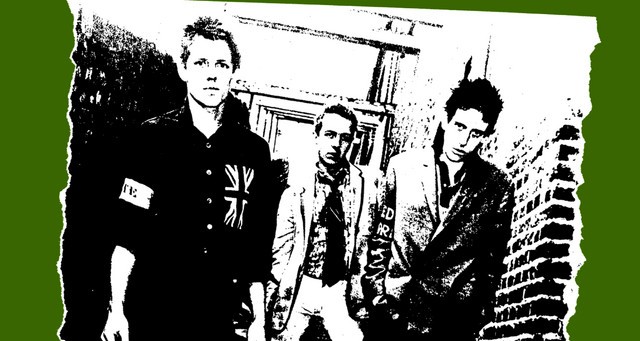
Punk’s call to arms got wildly misinterpreted by panicked authorities.
Inspired by London’s Notting Hill Carnival riots, the song urged working-class unity against systemic oppression but was branded as inciting violence by critics who missed the message entirely. Several radio stations banned it, fearing social unrest, while the punk community embraced it as a rallying cry for change. The controversy highlighted how establishment fear often drowns out legitimate protest, making the song even more relevant to its intended audience.
9. John Lennon – “Imagine” (1971)

The former Beatle’s utopian vision proved too radical for some stations.
With its direct challenge to religion (“imagine there’s no heaven”), nationalism, and capitalism, the song faced accusations of promoting atheism and communism. Despite bans from conservative stations, “Imagine” became an enduring peace anthem that outlasted its critics. The controversy revealed how threatening simple calls for unity and understanding could be to those invested in maintaining divisions and conflicts.
8. Bloodrock – “DOA” (1971)

The decade’s most graphic depiction of mortality left radio programmers traumatized.
This unsettling narrative of a fatal plane crash delivered such vivid descriptions of death and trauma that it became one of the era’s most widely banned tracks. The song’s unflinching examination of mortality and human fragility proved too intense for mainstream radio. Its graphic realism anticipated the darker themes that would dominate metal and alternative rock in later decades, making it a pioneering work that was simply ahead of its time.
7. AC/DC – “High Voltage” (1976)
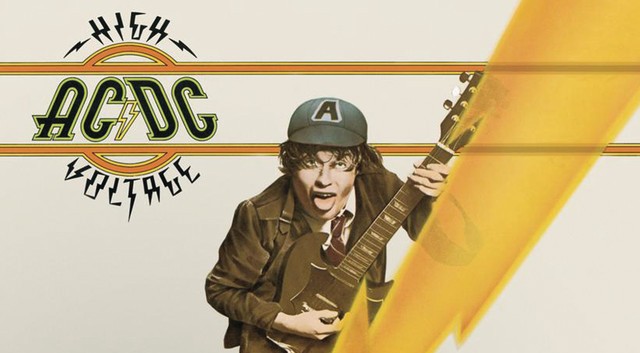
The Australian rockers’ celebration of excess earned them enemies in all the right places.
This unapologetic anthem of rock rebellion and hedonistic lifestyle drew criticism from conservative groups who accused the band of glorifying destructive behavior. Radio bans only fueled the band’s cult status among fans who saw the controversy as proof of AC/DC’s authenticity. The track became a blueprint for rock attitude, proving that sometimes the best way to build a fanbase is to thoroughly annoy the people who were never going to get it anyway.
6. Alice Cooper – “I’m 18” (1970)

Teen angst got a theatrical makeover that terrified suburban parents.
Cooper’s raw depiction of adolescent alienation and confusion challenged sanitized mainstream portrayals of youth culture. Conservative backlash led to partial censorship, but the song became iconic for capturing authentic teenage frustration. The track’s honest exploration of identity crisis and social pressure resonated with young listeners who finally heard their experiences reflected in popular music, even as adults tried to silence it.
5. Sex Pistols – “Anarchy in the UK” (1976)

Punk’s declaration of war on the establishment triggered immediate panic.
The BBC swiftly banned this aggressive manifesto, while live performances sometimes ended with police intervention and venue shutdowns. The song’s raw energy and anti-establishment lyrics marked punk’s arrival as a cultural force that couldn’t be ignored or controlled. Rather than silencing the movement, censorship attempts only proved the Pistols’ point about institutional fear of genuine rebellion and social change.
4. Frank Zappa – “Don’t Eat the Yellow Snow” (1974)

Zappa’s surreal humor and social commentary proved too weird for mainstream radio.
The track’s combination of absurdist storytelling and implied vulgarity led to radio bans from stations uncomfortable with both its content and satirical edge. Zappa’s ability to blend sophisticated musicianship with subversive humor created a unique challenge for censors who couldn’t quite pin down what they were objecting to. The song exemplified how the most effective social criticism often comes wrapped in humor that makes serious points while keeping audiences laughing.
3. Donna Summer – “Love to Love You Baby” (1975)
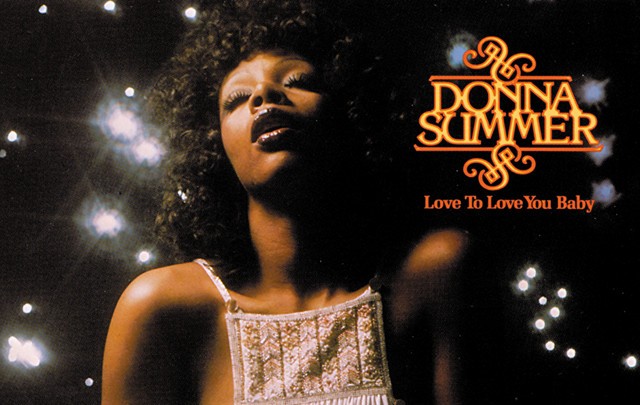
Disco’s steamiest moment turned dance floors into controversy zones.
Known for its explicit sound effects and Summer’s sensual delivery, the track faced bans in several markets for sexual content that pushed boundaries of what mainstream radio would accept. Despite censorship attempts, it became a disco staple that helped define changing attitudes toward sexuality in popular music. The song’s success proved that audiences were ready for more adult themes, even when radio programmers weren’t prepared to keep up with cultural shifts.
2. Rolling Stones – “Brown Sugar” (1971)

The Stones’ most controversial hit tackled slavery and violence with typical swagger.
Explicit references to historical trauma and sexual exploitation led many American stations to ban the track, while critics remained divided over its cultural merits versus offensive content. The song’s chart success despite widespread censorship demonstrated the Stones’ ability to provoke meaningful conversations about uncomfortable historical realities. Decades later, even the band members acknowledged the track’s problematic elements, showing how cultural perspectives on difficult subject matter continue evolving.
1. The Kinks – “Lola” (1970)

Gender identity exploration hit mainstream radio with surprising subtlety.
This story of sexual confusion and identity challenged conventional norms while maintaining enough ambiguity to slip past some censors initially. The BBC demanded lyric changes, including switching “Coca-Cola” to “cherry cola” to avoid commercial references, showing how censorship often focused on unexpected details. The song’s lasting popularity proved audiences were ready for more complex discussions about identity and sexuality than radio programmers initially realized.





